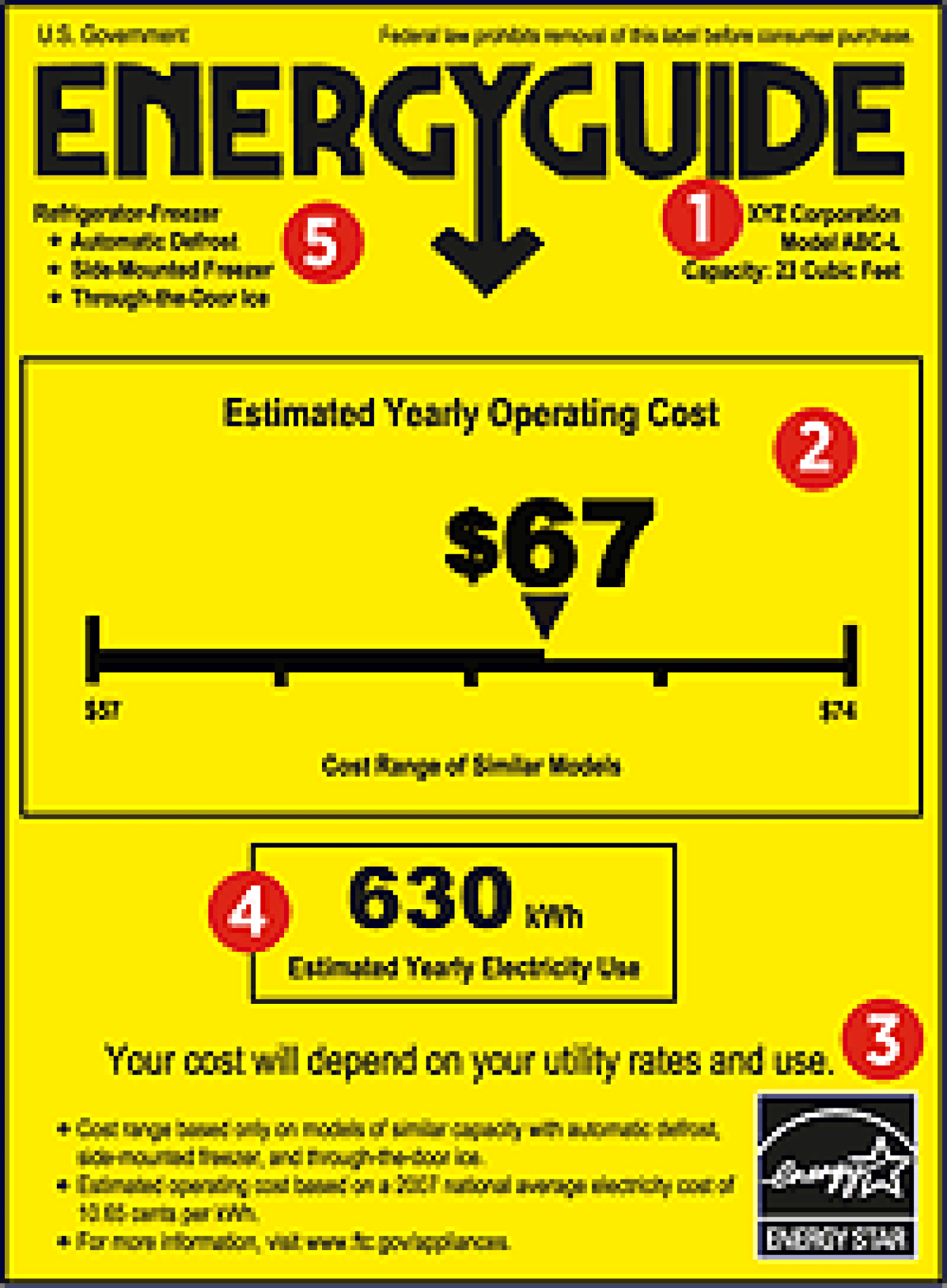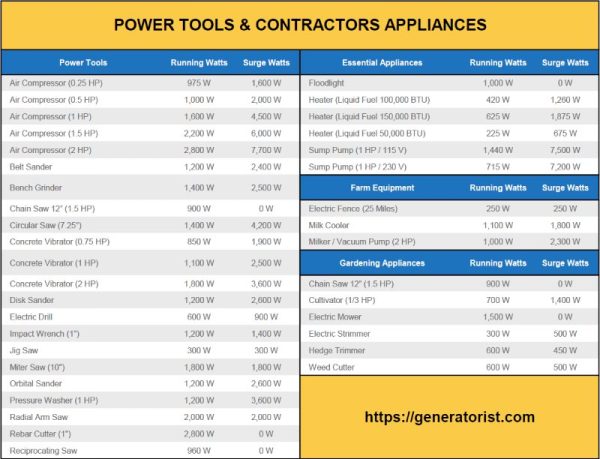Are you curious about how much electricity power tools consume? Wondering how many kilowatt-hours (kWh) they use? Well, you’ve come to the right place! In this article, we’ll explore the fascinating world of power tools and uncover just how much energy they require to get the job done.
Whether you’re a budding DIY enthusiast or a professional tradesperson, understanding the energy consumption of your power tools is essential. By knowing how many kWh they use, you can make informed decisions about usage, plan for energy costs, and take steps towards a more sustainable lifestyle.
So, join us as we delve into the world of power tools and discover the secrets behind their energy consumption. From drills and saws to sanders and routers, we’ll uncover the energy mysteries lurking within these handy devices. Let’s get started and shed some light on how many kWh power tools really use!

How Many kWh Do Power Tools Use? Understanding Power Consumption
Power tools are essential for many tasks, from woodworking to home improvement projects. While these tools can make our lives easier, many users are often left wondering how much energy they consume. If you’ve ever questioned how many kWh power tools use, this article will provide you with all the information you need.
Understanding Power Consumption
When it comes to power tools, understanding power consumption is essential. Power tools are typically rated in terms of their power output, which is measured in watts or horsepower. However, to determine the energy consumed by a power tool over time, we need to look at kilowatt-hours (kWh).
Kilowatt-hours represent the amount of energy consumed by an electrical device operating at a constant rate of one kilowatt over the course of one hour. This measurement takes into account both the power output of the device and the duration it operates.
To calculate how many kWh a power tool consumes, you need to know its power rating in watts and the time it is used. Simply divide the wattage by 1000 to convert it to kilowatts, then multiply by the number of hours the tool is used to get the kWh consumed.
The Impact of Power Tool Efficiency
While power consumption is an important factor to consider, it’s also worth noting that the efficiency of the power tool plays a significant role. An energy-efficient power tool will convert more of the electrical energy it consumes into useful work, reducing wasted energy and ultimately lowering your overall power consumption.
When shopping for power tools, look for models that are labeled as “energy-efficient” or have high efficiency ratings. These tools may come with features such as variable speed settings, which allow you to optimize the tool’s power output based on the task at hand. Additionally, brushless motors tend to be more efficient than their brushed counterparts.
Investing in energy-efficient power tools not only helps reduce your energy consumption but also saves you money in the long run by lowering your electricity bills.
Power Tool Standby Power Consumption
While power tools consume energy when in use, it’s also important to be aware of their standby power consumption. Standby power, also known as phantom or vampire power, refers to the energy consumed by devices even when they are turned off or in standby mode.
Some power tools, such as those with batteries or devices with built-in digital displays, may continue to draw small amounts of power even when not in use. To minimize standby power consumption, it’s advisable to unplug power tools when they are not in use or use power surge protectors with on/off switches that allow you to completely cut off power to the devices.
By being mindful of standby power consumption and taking simple steps to minimize it, you can further reduce your overall energy usage.
Tips for Reducing Power Tool Energy Consumption
While power tools are essential for many tasks, there are several ways you can reduce their energy consumption:
- Choose energy-efficient models with high efficiency ratings.
- Optimize power tool settings to match the task at hand.
- Turn off power tools when not in use or use surge protectors with on/off switches.
- Consider using hand tools for smaller tasks that do not require power tools.
- Regularly maintain and clean power tools to ensure optimal performance.
Comparing Energy Consumption of Common Power Tools
Here’s a comparison of the energy consumption of some common power tools over a one-hour period:
| Power Tool | Power Rating (Watts) | Energy Consumption (kWh) |
|---|---|---|
| Drill | 500 | 0.5 |
| Miter Saw | 1500 | 1.5 |
| Jigsaw | 800 | 0.8 |
| Air Compressor | 1200 | 1.2 |
| Angle Grinder | 1000 | 1.0 |
In Summary
When it comes to power tools and their energy consumption, it’s important to understand kilowatt-hours (kWh) and how they relate to wattage and usage time. By choosing energy-efficient models, being mindful of standby power consumption, and adopting energy-saving practices, you can effectively lower the energy consumption of your power tools. Remember to always consider your specific power tool’s power rating and usage time to calculate its kWh consumption accurately. With these tips in mind, you can make more informed decisions and contribute to a more energy-efficient and sustainable future.
Key takeaways: How Many kWh Do Power Tools Use?
- Power tools consume varying amounts of electricity measured in kilowatt-hours (kWh).
- The exact usage depends on factors such as the tool’s power rating and how long it is used.
- Some power tools, like drills and circular saws, typically use around 0.5 to 1.5 kWh per hour of use.
- Other power tools, such as air compressors and welders, may consume more electricity, ranging from 1 to 5 kWh per hour.
- It’s important to refer to the power tool’s specifications or consult the manufacturer for accurate energy consumption details.
Frequently Asked Questions
Welcome to our FAQ section where we’ll answer some common questions related to the energy usage of power tools. Read on to learn more about how many kilowatt-hours (kWh) power tools typically consume.
1. How much energy do power tools use?
Power tools vary in terms of energy consumption. The amount of energy a power tool uses depends on factors such as its wattage, the duration of use, and the specific task it’s being used for. Generally, power tools have labels or product specifications that indicate their wattage, which can be used to estimate energy usage.
For example, a small handheld power drill typically consumes around 500 to 800 watts. If you use this drill for one hour, it would consume between 0.5 to 0.8 kilowatt-hours (kWh) of energy. Larger power tools, such as table saws or miter saws, tend to have higher wattages, resulting in higher energy usage.
2. Can power tools be energy-efficient?
Yes, some power tools are designed to be energy-efficient. Manufacturers are increasingly focusing on creating power tools that use energy responsibly, reducing both environmental impact and electricity costs. Energy-efficient power tools often have features like automatic shut-off, variable speed settings, or power-saving modes.
When purchasing power tools, look for models that have an ENERGY STAR certification or claim to be energy-efficient. These tools are designed to provide the same level of functionality while using less energy. Investing in energy-efficient power tools not only benefits the environment but can also lead to savings on your electricity bill over time.
3. Are cordless power tools more energy-efficient?
Cordless power tools are generally known for their portability and convenience, but their energy efficiency can vary. Cordless power tools are powered by batteries, and the energy usage depends on the battery capacity and the efficiency of the tool itself.
Newer cordless power tools often use lithium-ion batteries, which are known for their higher energy density and longer run times. These batteries are designed to provide sufficient power while using energy more efficiently. However, it’s important to note that cordless power tools still require the energy to charge their batteries, which can consume electricity.
4. How can I reduce the energy consumption of my power tools?
To reduce the energy consumption of your power tools, you can follow a few simple tips. Firstly, choose the right tool for the job to avoid using a tool with more power than necessary. Additionally, using power tools with energy-saving features, such as those with variable speed settings, can help optimize energy usage.
Regular maintenance and proper care of your power tools also contribute to their energy efficiency. Keep blades sharp, clean filters, and ensure that tools are properly lubricated. If possible, consider using alternative power sources, such as solar energy, to charge or operate your power tools, further reducing their environmental impact.
5. Should I unplug power tools when not in use?
It is generally a good practice to unplug power tools when they are not in use, particularly if they have a standby mode that continues to draw a small amount of power. This is known as “standby power” or “phantom power.” By unplugging the tools, you can eliminate this unnecessary energy consumption.
Additionally, unplugging power tools prevents any potential hazards like accidental starts or short circuits. It’s a simple habit that can contribute to energy savings and increase the longevity of your power tools.

Summary
Power tools can use different amounts of electricity depending on their size and purpose. Smaller tools like drills or sanders typically use around 200-400 watts, while larger tools like table saws or air compressors can use up to 1,500 watts. It’s important to check the specifications of each tool to know how much power it consumes and to use the appropriate electrical outlets and circuits to avoid overloading.
Using power tools efficiently can help save energy and money. Unplugging tools when not in use, using lower power settings whenever possible, and investing in energy-efficient tools are all ways to reduce electricity consumption. By being mindful of energy usage and making smart choices, we can enjoy the benefits of power tools while also being environmentally conscious.
